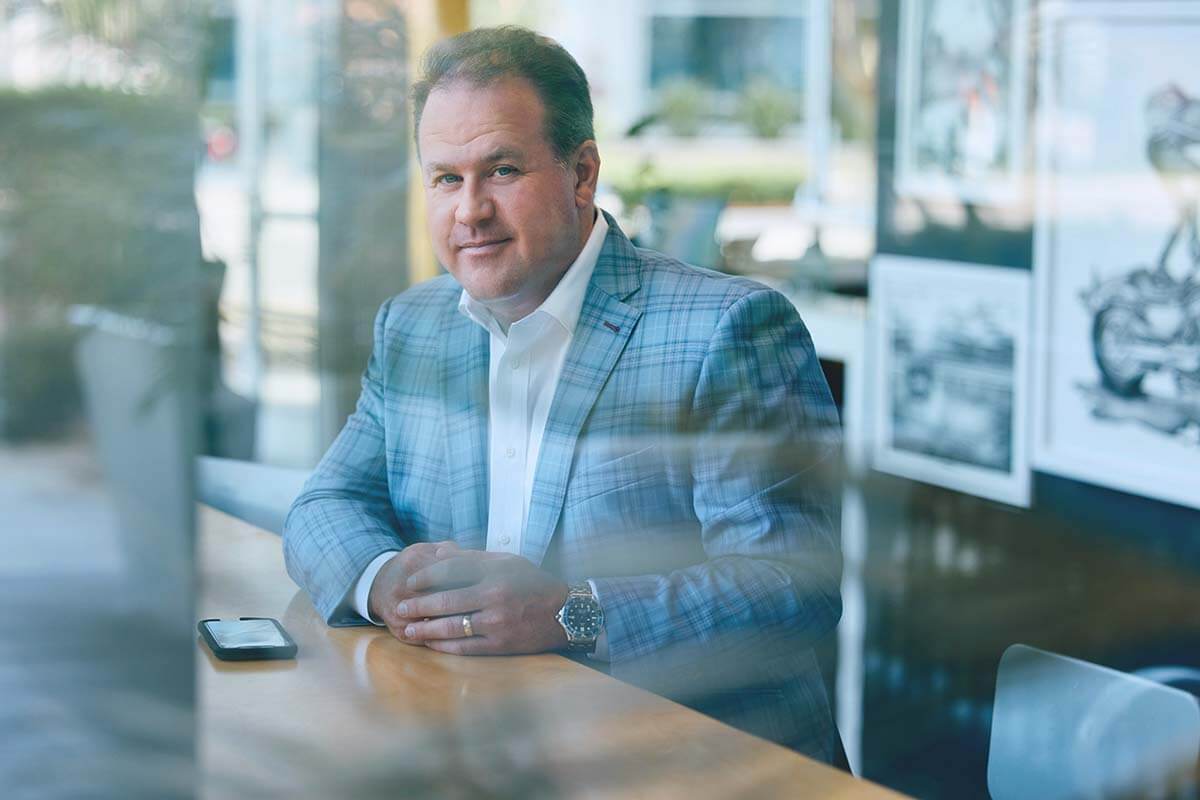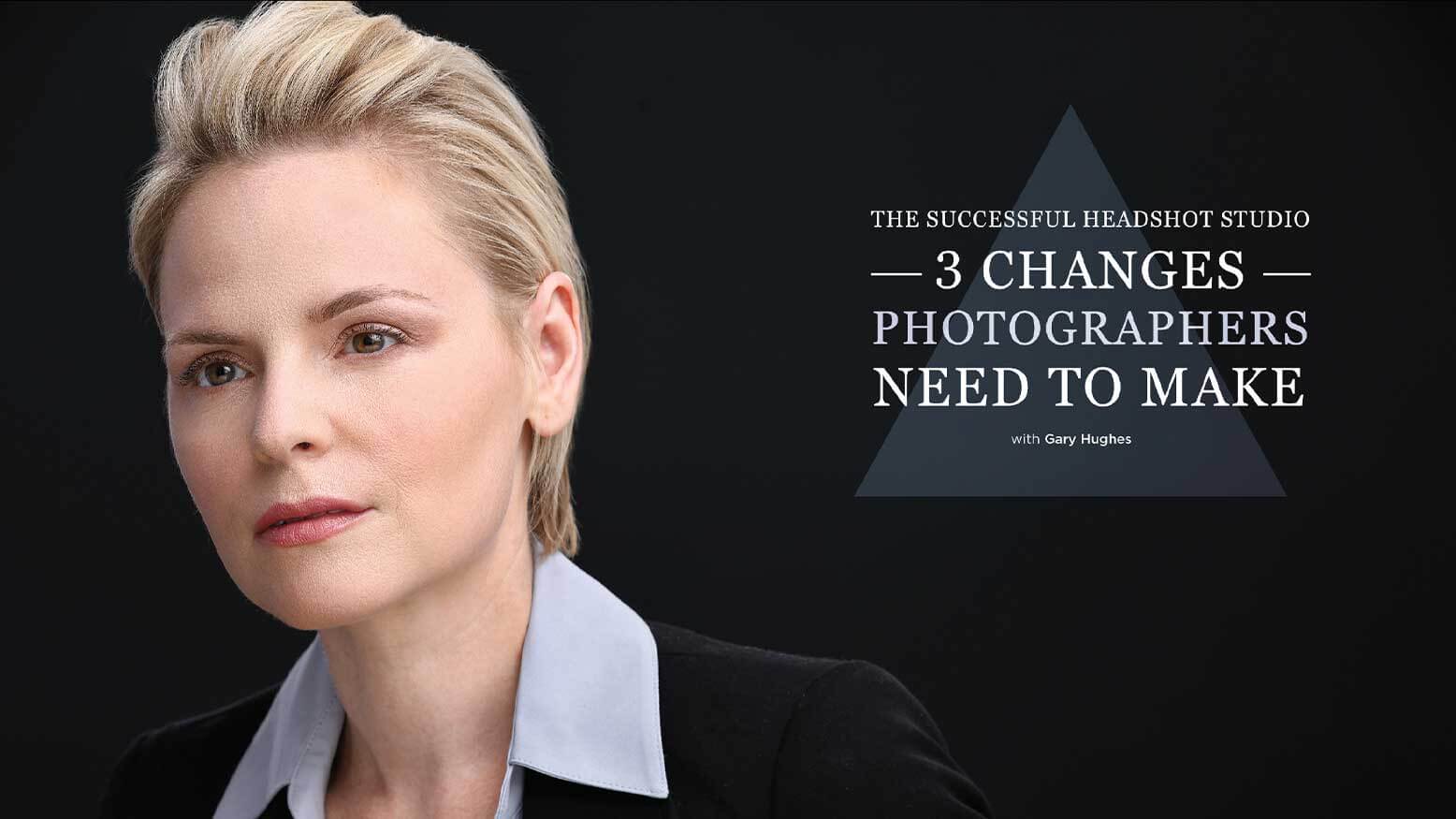The Successful Headshot Studio – 3 Changes Photographers Need To Make with Gary Hughes
The luxury condo we rented was a far cry from any conference room. It had become our standard practice once a year to rent one of Orlando’s many vacation homes so we could sit down for a few days to crunch numbers, cry a little bit, and make plans for the coming year in business. The lake view, plush furnishings, and evenings by the pool always softened the blow a little as we pored over where the money was coming from and where it was going.
This particular trip in 2015 was the one that changed everything. After looking at our books, we were shocked to discover that headshots were taking over our studio. So much so that the portrait and wedding side of our business was starting to look like a bad investment, even a waste of time. That’s when we cut the cord. No more portraits, no more weddings. We were going to transition from a full-service photography business to a commercial portrait studio. In the years since then, that butt-puckering decision has really paid off. We are more focused, happier, and our business has doubled.
A lot of things in our studio had to change to make that transition work, and I spend a good amount of time talking to photographers about those changes. Almost all the educational material I create pretty much comes down to explaining how different the business of headshot really is. Truthfully, not every tender-hearted portrait artist is cut out for it. But if you aren’t afraid of a hard pivot and good profit margins, then you might want to read on.
Headshots are a Commodity, Not Fine Art
There is a spectrum of business models in the photography world. On one end you have the fine art business model with very high prices, loads of personalized white-glove service, and frames handmade by blind Peruvian monks on top of a mountain. The artist, their story, and the experience of working with them IS the product, not the photos themselves. The price for this type of service has nothing to do with what anyone else is charging or the physical cost of the goods themselves. It’s worth whatever the artist says it’s worth and, as long as they can get people to pay for it, they’re right.
The other end of the spectrum is the commodity business model. No white gloves, no monks, just goods priced within the range of a common market with efficient and friendly service. That’s where you will find the lion’s share of headshots. Over on this end of the photography business, especially when it comes to team headshot, purchasing decisions aren’t made emotionally, but rather are budget-driven. Our studio produces 3,000-5,000 headshots a year and the most common use for them is an email signature. Hard to get emotional about that.





